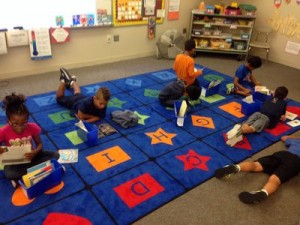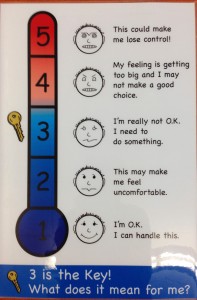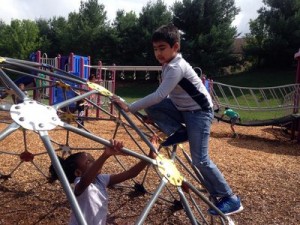Posted by kavery508 | Posted in Uncategorized | Posted on September 12, 2016
Thanks to those of you who have sent in health supplies: a box of kleenex, plain band-aids (non-antibacterial) and a tub of antibacterial wipes. Please send them if you haven’t, and thanks!
Do you have a current CORI background check with the Town of Shrewsbury? You can download a form using the link under “Parent Resources” on the right side of this blog! Parents who wish to visit classrooms or even join their children for lunch in the cafeteria must have an approved background check. The process is simple: drop by the Floral school office any school day; bring your CORI form or fill one out there; and present a driver’s license or proof of identity. It usually takes a couple of weeks to be approved, so the sooner you have it done, the easier it will be for last-minute plans. Note: Clearance through CORI remains current for 3 years, so if you’ve had one done in Shrewsbury within that time then you are all set! Just in time, too, because…
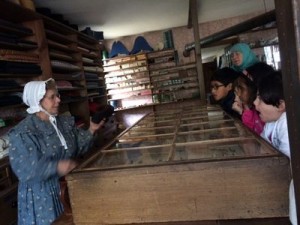
The Grade 2 Field Trip is coming! On Friday, October 14, our class will be traveling back in time on a visit to Old Sturbridge Village. The educational purpose of the trip is to investigate and learn about economics in a hands-on way, through the lens of local history. We will examine how wants and needs affect the goods and services provided to consumers of a community, and each student will produce an artifact to bring home. I’ve already heard from the kids that several of you have visited the village before! This place is a unique gem, similar to Plimoth Plantation, that I encourage everyone to make part of your weekend repertoire. To learn more and take a virtual tour, visit: https://www.osv.org/
The permission slip and fee request will be sent home at the beginning of October. I’m posting this in advance, to encourage dads and moms who can’t typically volunteer for daytime school activities to plan to join us as chaperones on that day. Our class is allowed 6 chaperones at the student rate. Please contact me if you are interested.
 Building stamina for reading is an important strategy for young readers. Students have been working hard at it every day and learning what it looks like and feels like to really engage with texts at their levels during Read to Self time.
Building stamina for reading is an important strategy for young readers. Students have been working hard at it every day and learning what it looks like and feels like to really engage with texts at their levels during Read to Self time.
This week, students will learn the ins-and-outs of reading with a partner (what we call Read to Others). At Read to Others time every day, students sit side-by-side and take turns reading from the same book or different books. They both look at the text while it’s being read, and take turns summarizing a page or section of text. Research supports this as a way to increase engagement, build fluency, and improve comprehension of what was read or heard!
Self regulation is at the heart of teaching children to care and building a learning community. To help them achieve it, students are being taught to monitor their emotions using a social thinking thermometer. Notice the key? We say “3 is the key,” meaning it’s time to ask for help or use a strategy. One such strategy with proven success is yoga for kids. We’ve been practicing poses that focus on breathing and bringing down the temperature on our thermometers! For more on the importance of breathing for self-regulation, here’s an article from Peter Montminy. And here’s a good tutorial on breathing for kids from Gaia via Youtube!
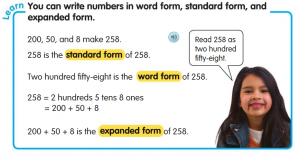 The math focus this week is all about numbers: how to understand them using their place value; how to recognize and identify them in standard, word, and expanded form; and how to add/count by 1s, 10s, and 100s by understanding the value of each digit. It is especially important that students develop an understanding of the hundreds, tens, and ones involved in these numbers. They will engage in various activities with base ten blocks, base ten pictures, and with written numbers. For practice at home, I recommend the online learning games (also available as an app) at ABCYa.com. Link to the Numbers category here, then select Base 10 Fun; Base 10 Bingo; and/or Base 10 Blocks (especially helpful for kids still learning to represent and count big numbers).
The math focus this week is all about numbers: how to understand them using their place value; how to recognize and identify them in standard, word, and expanded form; and how to add/count by 1s, 10s, and 100s by understanding the value of each digit. It is especially important that students develop an understanding of the hundreds, tens, and ones involved in these numbers. They will engage in various activities with base ten blocks, base ten pictures, and with written numbers. For practice at home, I recommend the online learning games (also available as an app) at ABCYa.com. Link to the Numbers category here, then select Base 10 Fun; Base 10 Bingo; and/or Base 10 Blocks (especially helpful for kids still learning to represent and count big numbers).
Another important skill with which students struggle at first is finding the missing addend or minuend/subtrahend (algebraic thinking). For example, they will be asked to solve problems such as ____ – 20 = 351, or 268 + ____ = 288. Even solving these up to 10 or 20 can be hard at first ( 9 + ____ = 15, etc.) I recommend going to GregTangMath.com for practice. Select the Missing Numbers game, and work your way up through easy and hard addition and subtraction. As with all of his games, the short length of each round can be misleading: it’s meant to provide quick gratification and feedback while discouraging fatigue. However, when you play, shoot for a time-related goal (e.g. 10 minutes or more total). When kids are done they’ll have solved tens of computational problems, if not more!

